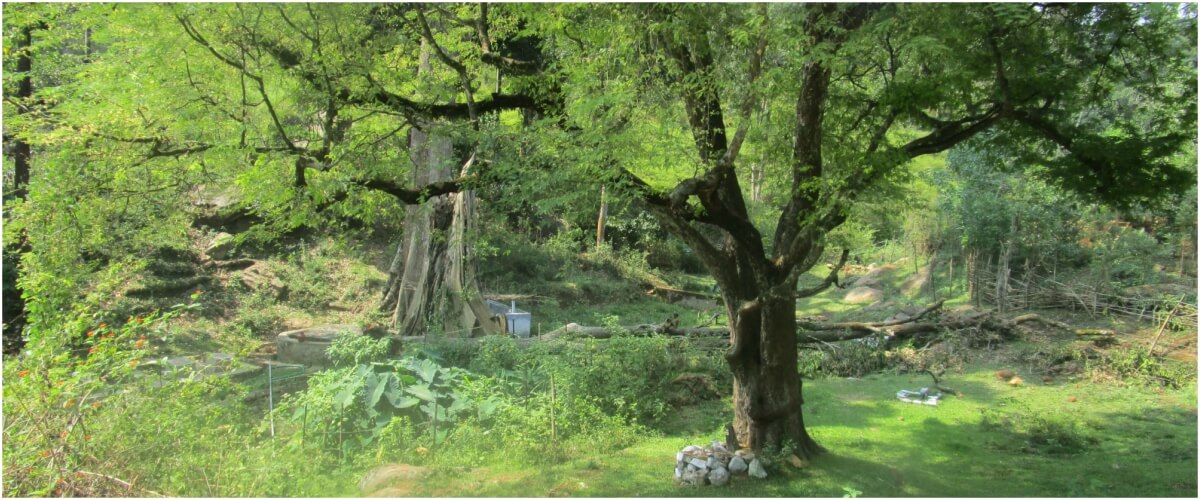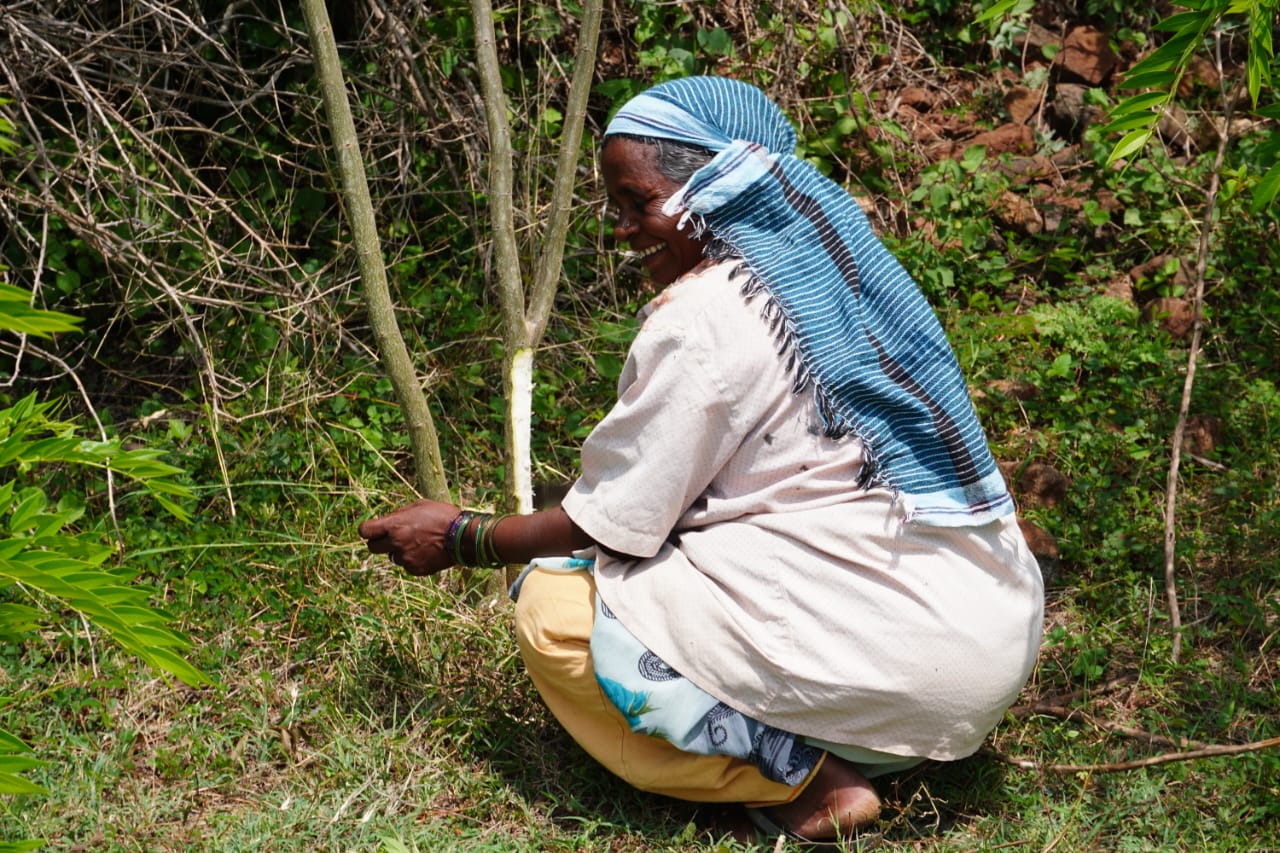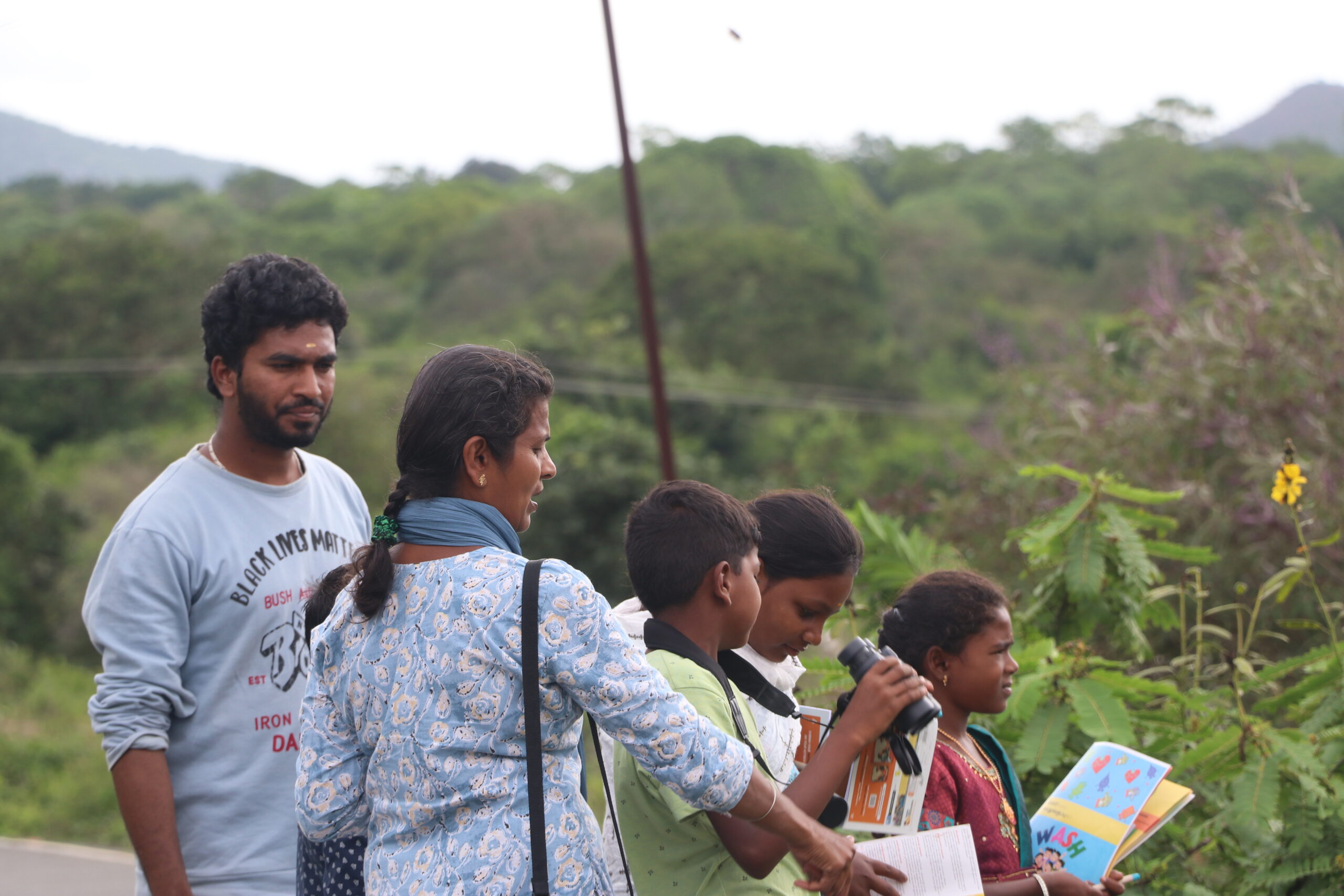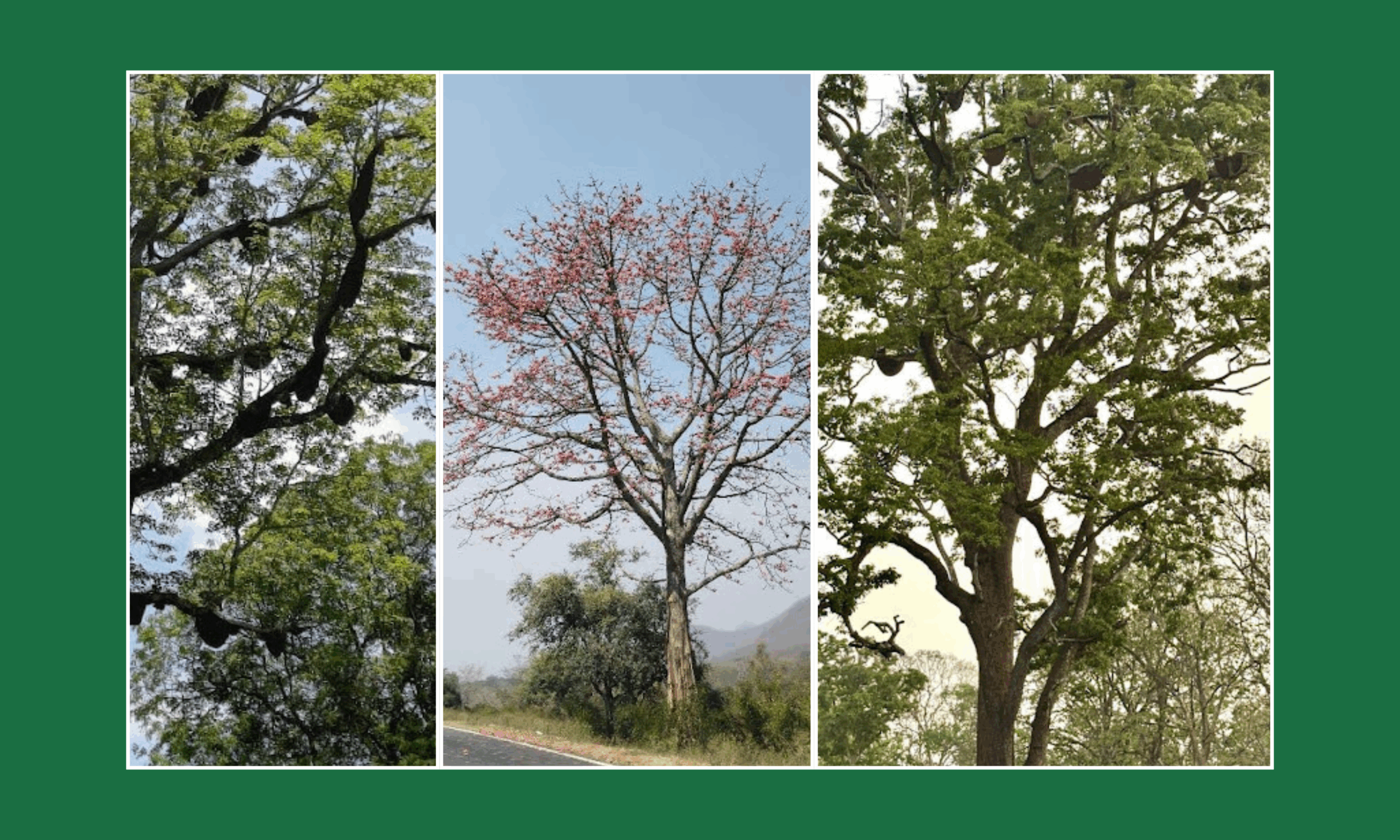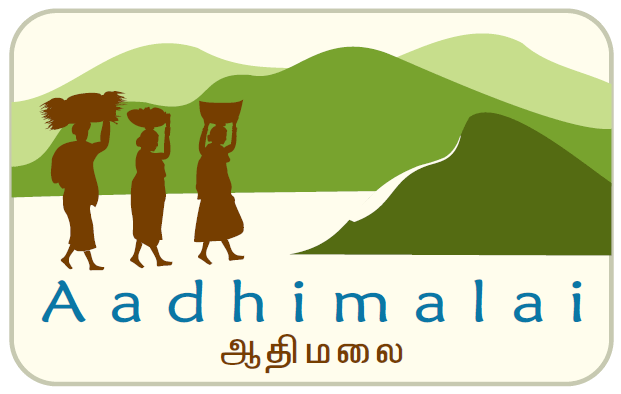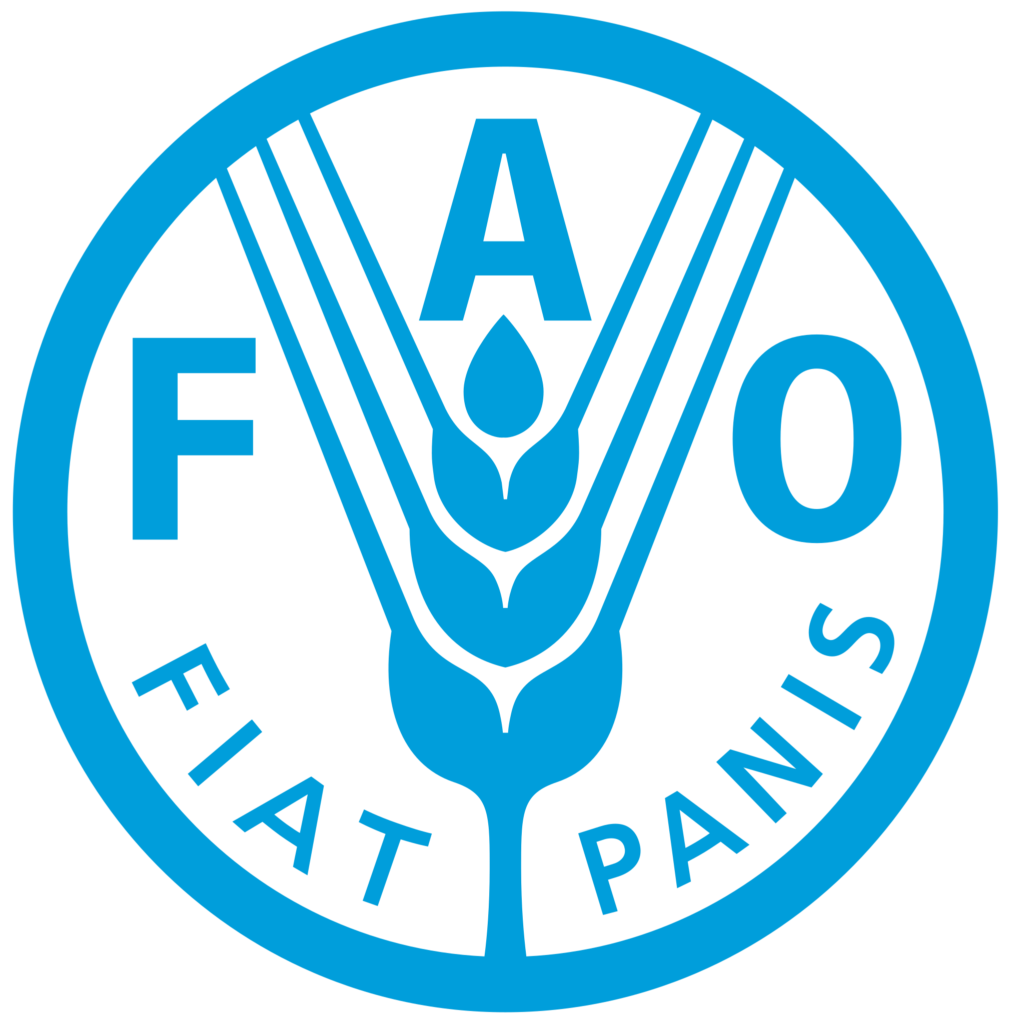Situated at the eastern flank, Aracode enjoys a much warmer climate as compared to other areas. Scattered around this region are mainly Irula villages, with one or two Kurumba villages as well. Owing to climatic conditions, coffee is mostly grown as the major cash crop, leaving very little space for tea cultivation. The main occupation of the people is farming, millet being the predominant crop cultivated. However, the millet grown is mainly for subsistence and is done so organically. But in recent times, due to the difficulties faced when farms are destroyed by animals as well as unpredictable rainfall pattern, more and more people have resorted to wage labor, leaving their land fallow, eventually being monopolized by invasive species like Lantana camara. The community depends on springs, open wells and a few borewells for their water.
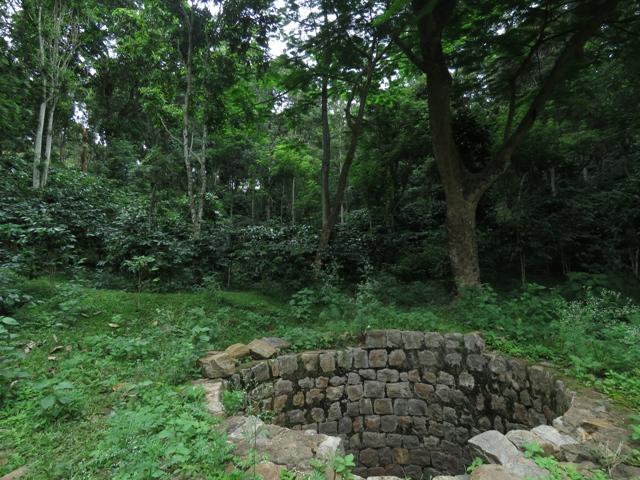
Despite a good monsoon this year, water retention in this region is poor due to the quick run off of rain water on the steep slopes. Checked dams were built a while back all across the Nilgiris, under the Hill Area Development Program (HADP), to make the most of spring water, but haven’t been maintained or revived. This has caused the water level to drop which could restrict wildlife access to water resources. To see if this was the case, wildlife monitoring activities are carried out twice a week by young members of the Irula community to monitor wildlife movement around water sources shared with the community. Wildlife monitoring activities are among the many activities carried out in the area. Shivaraj, a member from the community who also works at Keystone Foundation, elaborates further in the voice clip below.
By Nayantara Lakshman

